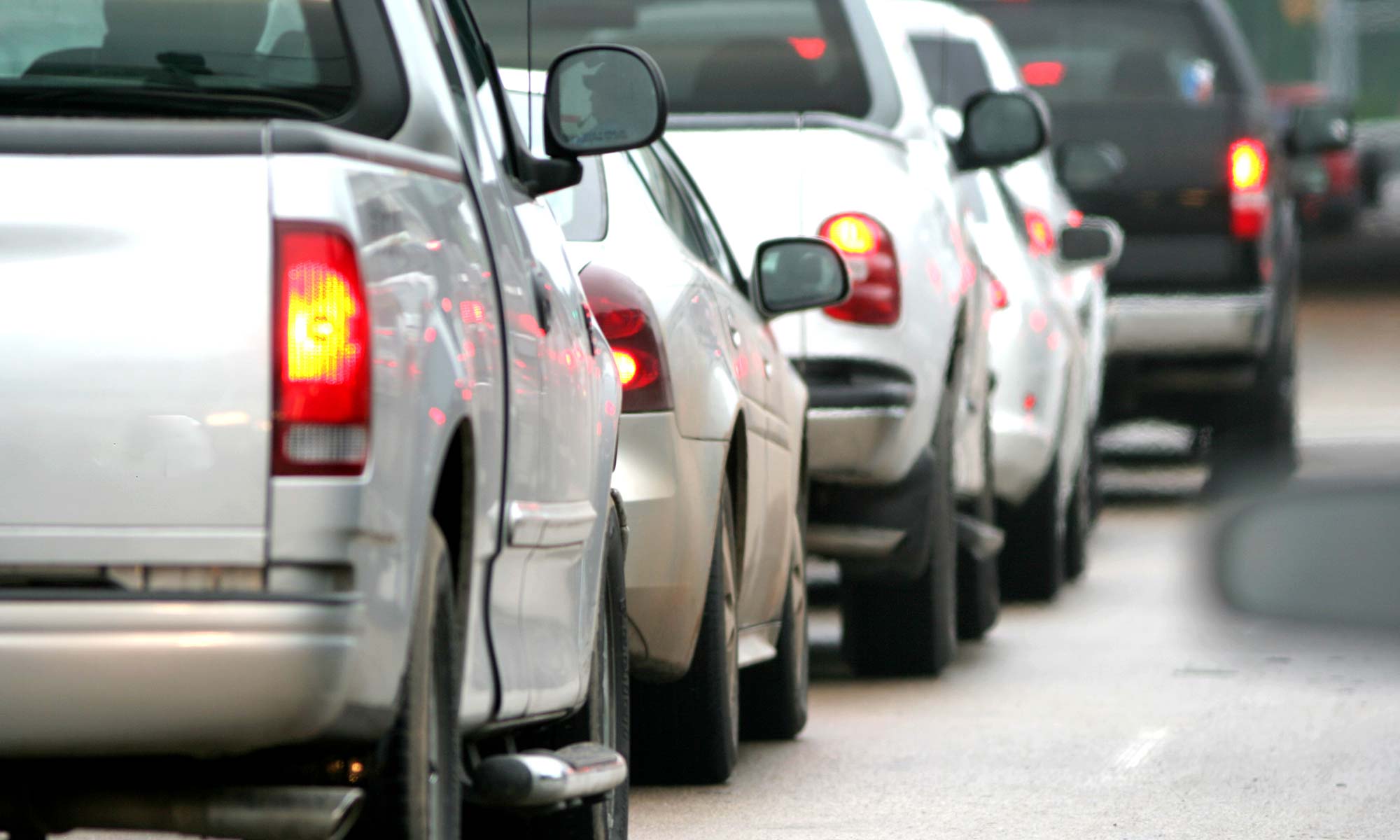Definition and Origin

Bumper to bumper meaning – The phrase “bumper to bumper” is a vivid expression that encapsulates the experience of heavy traffic, where vehicles are closely packed together, resembling a continuous line of bumpers. This term has become a ubiquitous part of our vocabulary, but its origins can be traced back to the early days of motoring.
Bumper to bumper traffic, a constant reminder of urban congestion, can sometimes feel like a never-ending cycle. Yet, like the rags to riches rags to riches meaning , it too can have its moments of unexpected relief. When the traffic finally clears, the sense of liberation is palpable, reminding us that even in the most bumper to bumper situations, there is always hope for a smoother journey ahead.
Historical Roots
The term “bumper to bumper” first emerged in the early 20th century, as automobiles became more prevalent and roads grew increasingly congested. Before the widespread adoption of bumpers, vehicles were more susceptible to damage in collisions, leading to the development of protective devices mounted on the front and rear of cars. These bumpers became a defining feature of automobiles, and the phrase “bumper to bumper” aptly described the close proximity of vehicles in heavy traffic.
Bumper to bumper traffic, a term used to describe a state of extreme congestion on the roads, can be a metaphor for the challenges one faces on the journey from rags to riches. Just as a car stuck in bumper to bumper traffic must navigate through obstacles and delays, so too must those seeking to rise from humble beginnings face numerous hurdles.
But just as the destination can be reached with patience and determination, so too can the rags to riches dream be realized with perseverance and a rags to riches mentality.
Usage and Context: Bumper To Bumper Meaning
The phrase “bumper to bumper” is widely used in various contexts, primarily to describe traffic conditions. It signifies a situation where vehicles are closely packed together, with little to no space between them, resembling a continuous line of bumpers.
In traffic reports, “bumper to bumper” is commonly employed to convey the severity of congestion. For instance, a news anchor might report, “Traffic is currently bumper to bumper on the expressway due to an accident ahead.” This usage highlights the extreme density of vehicles, emphasizing the challenges drivers face in navigating the affected area.
Everyday Conversations, Bumper to bumper meaning
Beyond traffic reports, “bumper to bumper” finds its way into everyday conversations as well. People may use the phrase to describe crowded or packed situations, not necessarily limited to vehicles. For example, someone might say, “The concert venue was bumper to bumper with fans eagerly awaiting the show.” In this context, “bumper to bumper” captures the sense of a large number of people occupying a space, creating a tightly packed environment.
The phrase can also convey a sense of being overwhelmed or surrounded. For instance, someone might exclaim, “I’m feeling bumper to bumper with responsibilities at work.” Here, “bumper to bumper” figuratively depicts the feeling of being burdened by numerous tasks, with little room to maneuver or escape.
Related Concepts and Metaphors

The phrase “bumper to bumper” is not the only way to describe traffic congestion. Other phrases, such as “gridlock” and “stop-and-go,” also convey the idea of heavy traffic. However, each phrase has its own unique connotations.
“Gridlock” suggests that traffic is completely stopped, with no movement possible. “Stop-and-go,” on the other hand, suggests that traffic is moving slowly, but it is constantly stopping and starting.
Metaphorical Meanings
The phrase “bumper to bumper” can also be used metaphorically to describe other situations in which there is a lot of crowding or congestion. For example, we might say that a room is “bumper to bumper” with people, or that a schedule is “bumper to bumper” with appointments.
In these metaphorical uses, the phrase “bumper to bumper” conveys the idea of being overwhelmed or overcrowded. It suggests that there is so much going on that it is difficult to move or function properly.
The bumper-to-bumper meaning describes a situation where there is a lot of traffic, with cars closely spaced and moving slowly. This can be compared to the biblical story of David and Goliath, where the small and seemingly weak David defeated the giant Goliath.
Just as David used his wits and courage to overcome Goliath, bumper-to-bumper traffic requires patience and strategy to navigate.
Bumper to bumper, a phrase that signifies a state of congestion and standstill, finds its parallel in the biblical tale of David and Goliath. Just as the small but nimble David triumphed over the towering Goliath, so too can the seemingly insignificant maneuver through the dense traffic, breaking the gridlock and resuming the flow of movement.
Bumper to bumper traffic is a metaphor for being stuck in a situation with no way out. Like the underdog in an underdog story , who is faced with seemingly insurmountable odds, bumper to bumper traffic can feel like an endless struggle.
But just as the underdog can overcome adversity, so too can we find a way to break free from the gridlock of life.